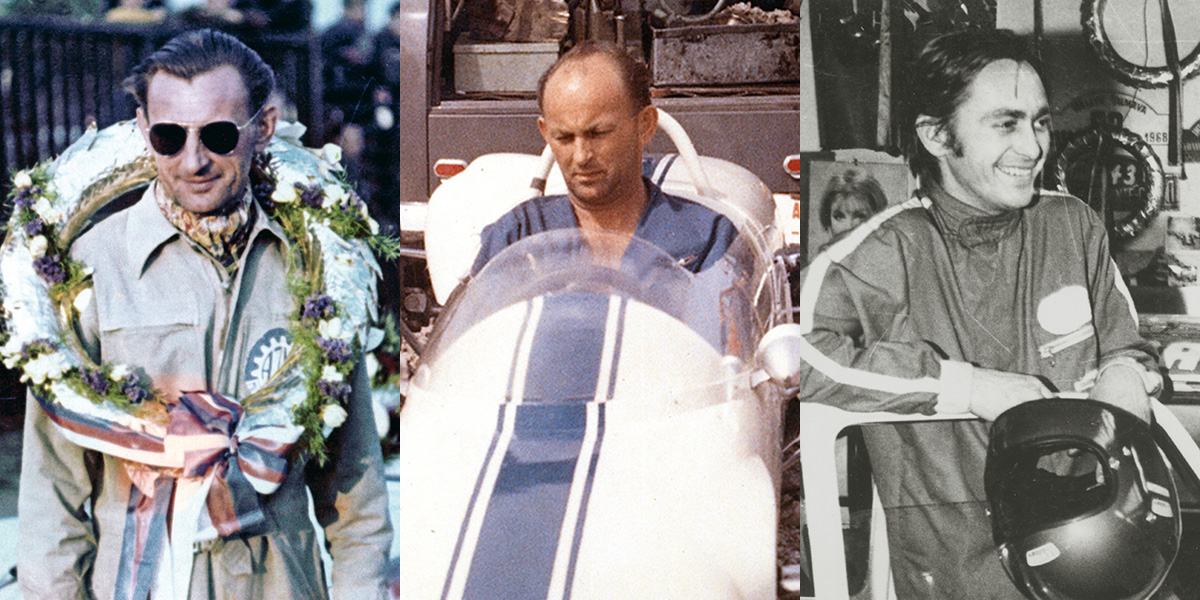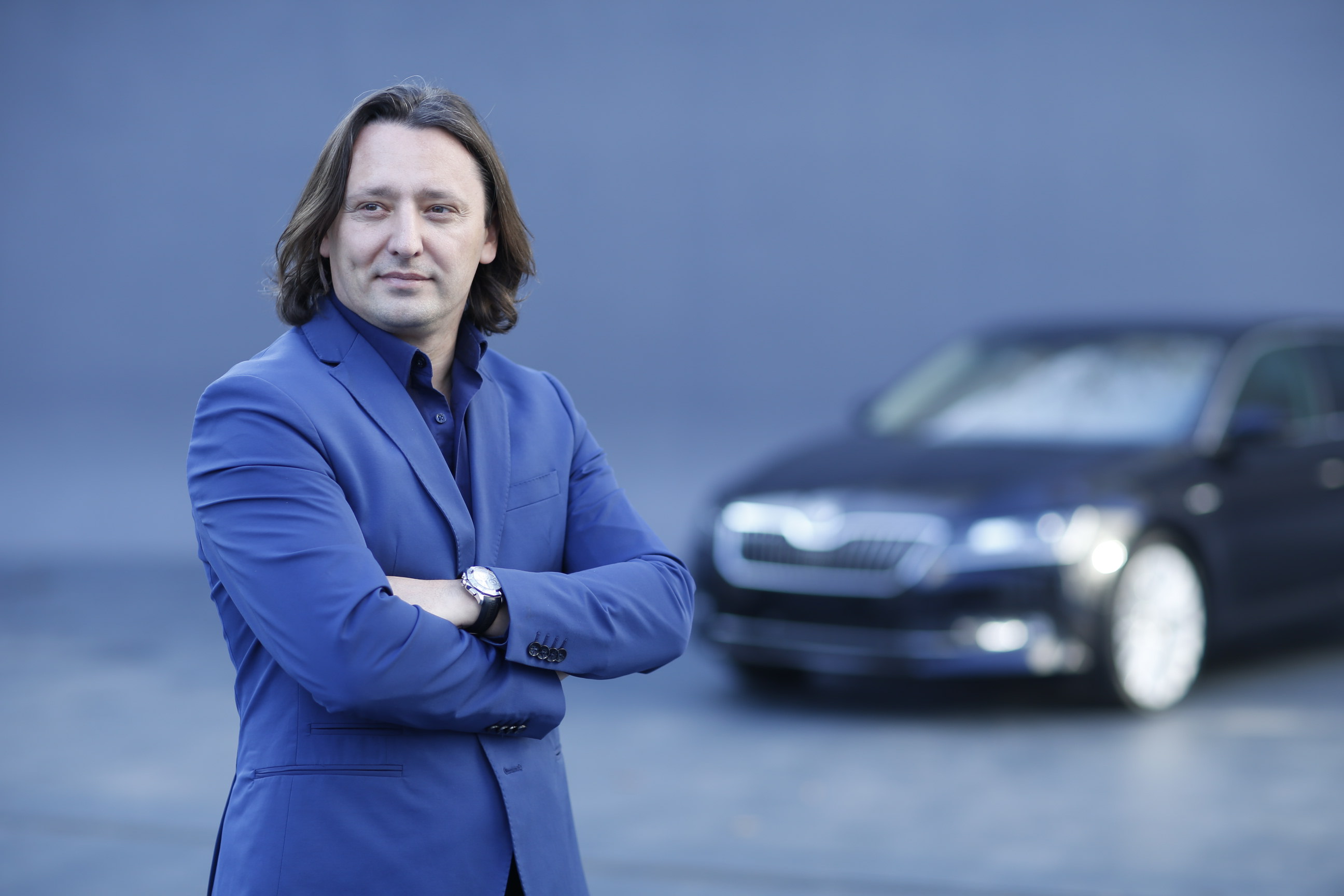Bernhard Maier, Chairman of the Board of ŠKODA, has been in the lead at the carmaker since November 2015. After apprenticing as an automobile mechanic, he went on to study business administration and held various executive positions at BMW AG in Germany and abroad before joining Porsche, where he was among other things board member for Sales and Marketing. At ŠKODA, Bernhard Maier is driving the company’s reorientation under Strategy 2025. In addition to electromobility and digital transformation, key aspects of the Strategy include new mobility services and connectivity, implementing a large-scale product campaign and the brand’s internationalization. ŠKODA has assumed responsibility for the Indian market and the Russian region on behalf of the Volkswagen Group. Under his leadership, ŠKODA has also introduced new, important models such as the KODIAQ, KAROQ, KAMIQ and SCALA. At the same time, ŠKODA started its eMobility product campaign. The next step in 2020 will be the ENYAQ iV model, ŠKODA’s first purpose-built electric car. By the end of 2022, ŠKODA will have launched a total of ten iV models.





























































